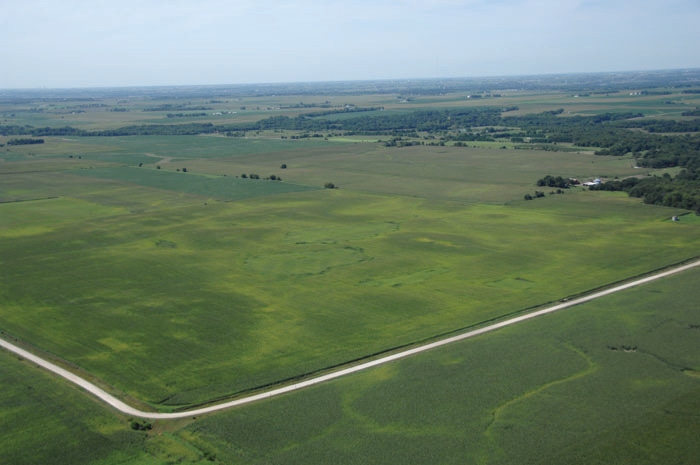June 1, 2012

The early spring and accompanying early planting, together with last fall’s dry conditions in many areas, may present unique management challenges to growers planning nitrogen (N) applications, according to agronomic experts at Pioneer Hi-Bred. These conditions can mean N loss and impact corn yields.
"For a successful corn crop, it’s important to factor in the uncertainties of weather and the dynamic nature of the nitrogen cycle," says John Shanahan, Pioneer agronomy research manager. "After all, a sound corn nitrogen plan sets the stage for a high-yielding crop."
Last fall’s dry soil conditions led to anhydrous ammonia applications on many of the acres in the Corn Belt. In the spring, excessive rain can threaten these soil N reserves and hinder resupply by ground equipment. Dry conditions in the spring also can prevent applied N from moving from the point of application to the root zone of plants. Temperature and moisture conditions also can impact the amount of N mineralized from the organic matter fraction of soils.
These variable weather conditions make it difficult for growers to estimate optimum N rates accurately.
Ways to estimate nitrogen needs and loss:
1. N-rate calculator – The Maximum Return to N (MRTN) approach provides generalized or regional N-rate recommendations using multiyear and multi-location N-rate field trials.
2. Soil tests – Take soil samples to evaluate N levels in fields. Testing soils at least 12 in. deep can help indicate the amount of N currently available to the corn plant.
3. Scouting fields – Check low areas of fields to see if there is standing water. If temperatures are cooler for 10 days and the soil is 55 to 60 degrees, growers can expect up to 25% of nitrogen applied might be gone in these areas. If it warms up to 75 to 80 degrees, nitrogen loss could be up to 96%.
4. Optical sensors – Sensors mounted on N application equipment emit modulated light of the appropriate wavelength onto plants to measure how much is reflected back to the sensor, which results in an estimation of the crop's N status.
5. Aerial view – If growers have access to an airplane, they can see areas of fields that are more yellow than others.
6. Estimation – In lieu of soil testing or crop sensing, N loss can be estimated by answering key questions, including when N was applied, what form was used, how much was applied, and what the field conditions were following the application.
"To determine which approach is best for a particular farming operation, growers should carefully consider the pros and cons of each approach, likely using a combination of strategies to maximize potential profit while minimizing risk," Shanahan says.
To read tips on nitrogen application and management, click here.
You May Also Like




